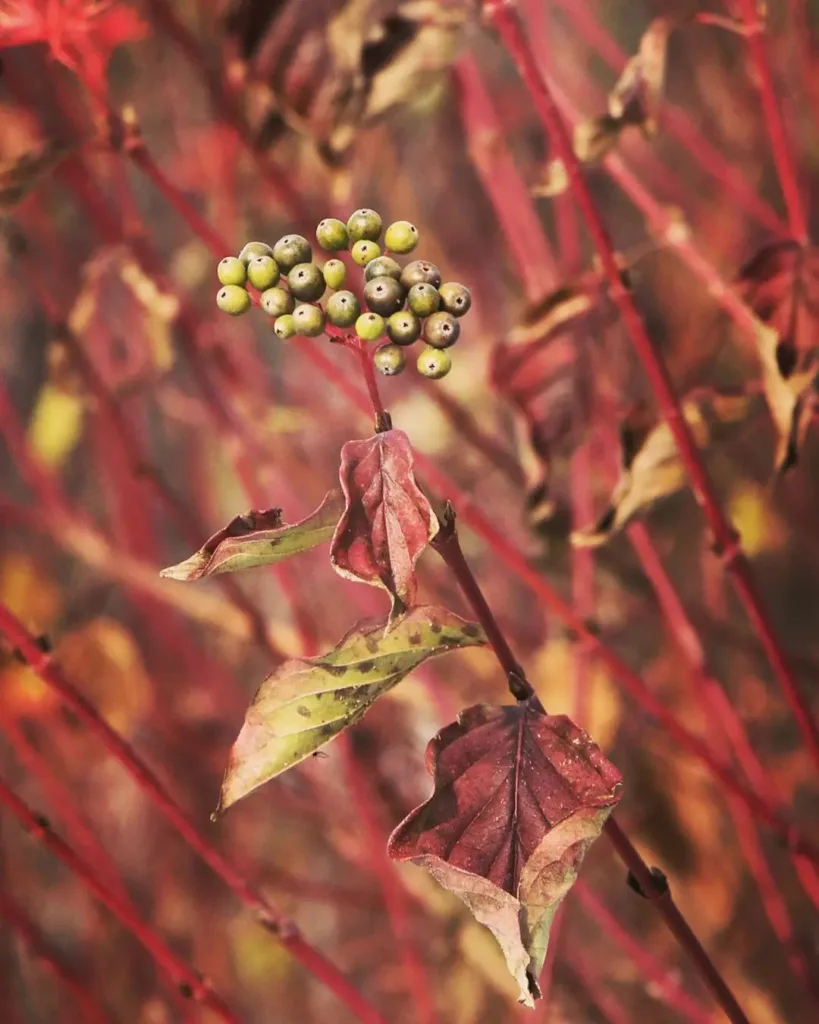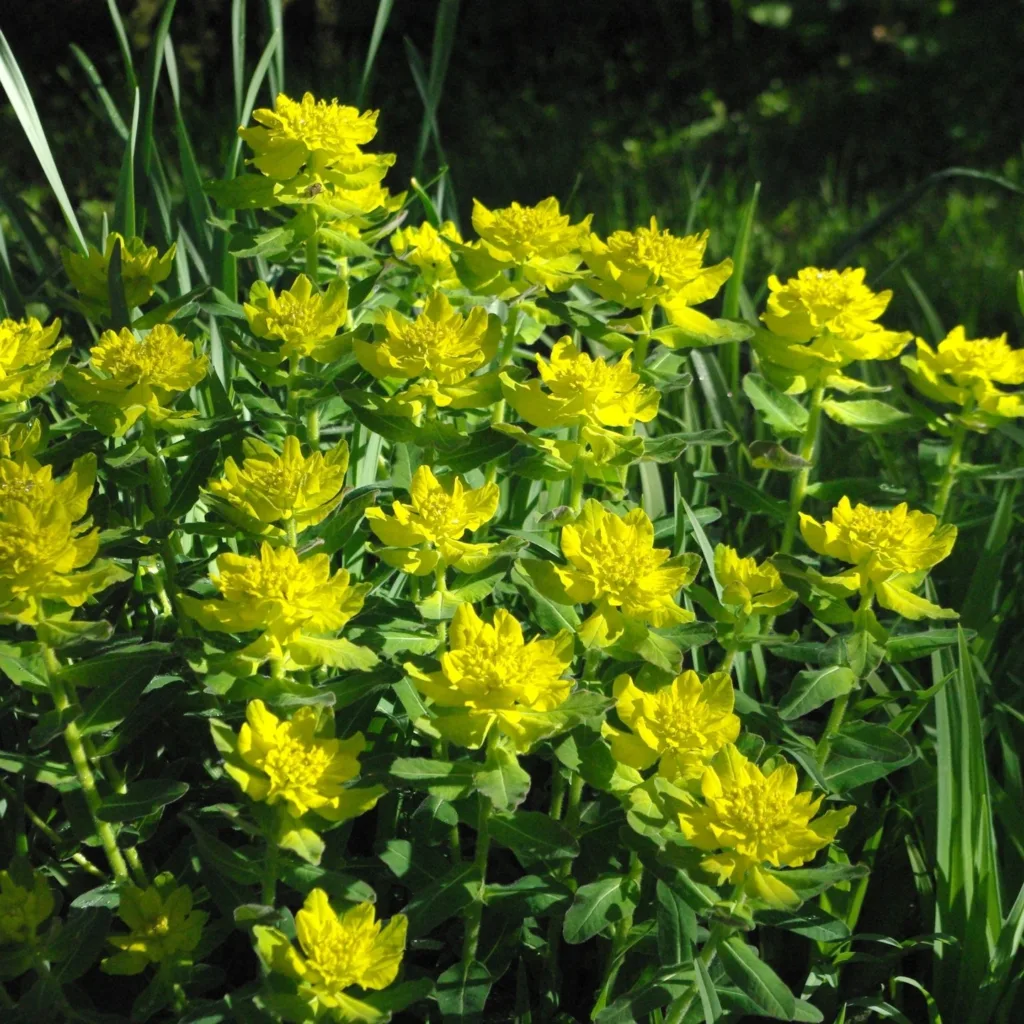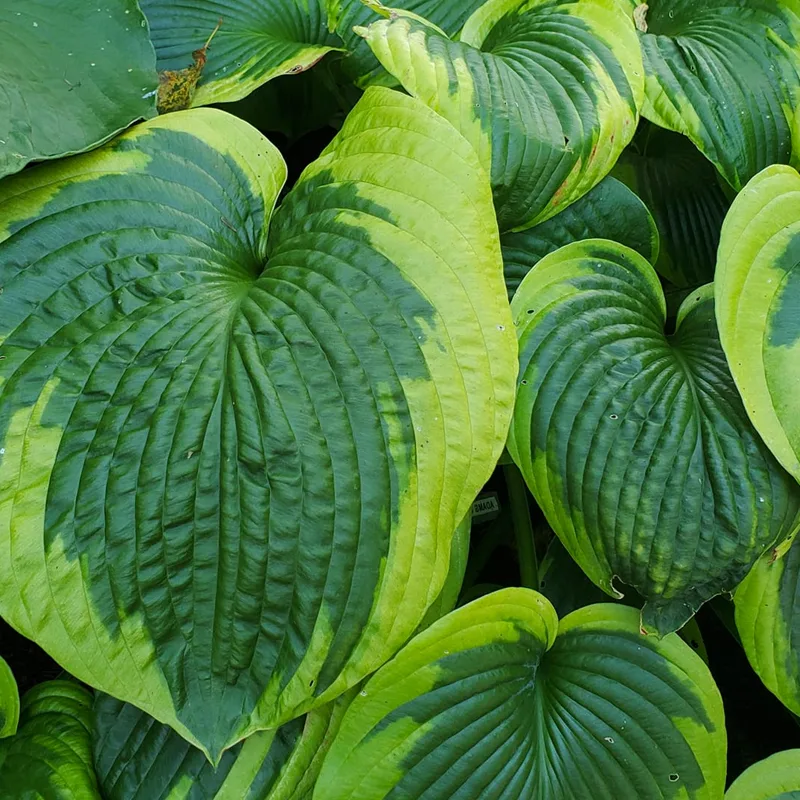What is Hoya Archboldiana?
For hoya enthusiasts, the Hoya Archboldiana is a captivating climber prized for its stunning blooms and impressive foliage. Discovered in 1933 by explorer Richard Archbold, this Southeast Asian native has become a favorite amongst collectors. But is the Hoya Archboldiana right for you? Let’s delve into the essential details about this fragrant beauty.
566 Species in Genus Hoya
Light and Location: Finding the Sweet Spot
Hoyas, in general, thrive in bright, indirect light. Direct sun can scorch the leaves, so avoid south-facing windows. East or west exposures are ideal. The Hoya Archboldiana is no exception. It appreciates a well-lit environment but prefers diffused sunlight. Think dappled light filtering through trees or sheer curtains.
Tip: Rotate your Hoya Archboldiana periodically to ensure even growth.
Watering Wisely: Finding the Balance
Hoyas are known for their succulent leaves, which store water. This translates to a forgiving watering regimen. Overwatering is the enemy here. The key is to let the soil dry completely between waterings. Stick your finger into the potting mix about an inch deep. If it feels dry, it’s time to water. When you do, soak the soil thoroughly until water drains from the pot’s drainage holes.
Comparison: Compared to other popular hoyas like the Hoya Carnosa, the Archboldiana might require slightly more frequent watering due to its larger leaves. However, the general principle of allowing the soil to dry completely between waterings still applies.
Temperature and Humidity: Mimicking the Tropics
The Hoya Archboldiana hails from the warm, humid tropics of Southeast Asia. Ideally, aim for temperatures between 65°F and 85°F (18°C and 29°C). Drafts and sudden temperature fluctuations are best avoided.
Humidity: Moderate to high humidity (around 60%) is ideal. Grouping your Hoya Archboldiana with other humidity-loving plants or using a pebble tray filled with water can help create a more humid microclimate.
Seasonal Care: During the winter months, when temperatures drop and light levels decrease, watering needs will also decrease. Be mindful not to overwater during this period.
Feeding Frenzy: Keeping Your Hoya Happy
Hoyas are not heavy feeders. A balanced, diluted fertilizer applied once a month during the growing season (spring and summer) is sufficient. During the winter months, you can hold off on fertilization entirely.
Tip: Opt for a fertilizer formulated for houseplants or epiphytes (air plants) for best results.
Potting Up Your Pride and Joy
The Hoya Archboldiana, with its climbing nature, appreciates a well-draining potting mix. A mixture of orchid bark, perlite, and potting soil provides excellent drainage and aeration. Opt for a pot with drainage holes to prevent waterlogging. As your Hoya Archboldiana matures, you may need to repot it every 2-3 years into a slightly larger pot.
Blooming Beauty: Witnessing the Spectacle
The Hoya Archboldiana is known for its fragrant, dome-shaped flowers. These blooms typically appear in clusters (umbels) and boast a delightful gardenia-like scent. The flower color can vary slightly, ranging from shades of pink to beige with a contrasting dark red corona (center). The blooms can last for up to two weeks, adding a touch of exotic elegance to your home.
Encouraging Blooms: Providing your Hoya Archboldiana with the right light, temperature, and humidity levels will significantly increase its chances of blooming. Additionally, allowing the plant to become slightly root-bound can also stimulate flowering.
Training and Support: Guiding Your Climber
The Hoya Archboldiana is a natural climber. You can train it to climb a moss pole, trellis, or another support structure. This not only encourages healthy growth but also adds a vertical element to your indoor space.
Tip: Use soft plant ties to gently secure the vines to your chosen support.
Common Issues and Solutions: Keeping Your Hoya Healthy
While a relatively low-maintenance plant, here are some common issues you might encounter:
- Yellowing Leaves: This could be a sign of overwatering. Check the soil moisture and adjust your watering habits accordingly.
- Mealybugs: These sap-sucking insects can appear as white, cottony patches on the leaves. Treat them with insecticidal soap or neem oil.
- Scale: These small, hard-shelled insects can also be problematic. Use insecticidal soap or horticultural oil for control.
The Final Word: A Rewarding Addition to Your Collection
With its stunning blooms, captivating fragrance, and manageable care the Hoya Archboldiana is a rewarding addition to any plant collection. Whether you’re a seasoned gardener or a curious beginner, this hoya offers a delightful combination of beauty and relative ease of care. With a little TLC and the knowledge provided here, you can cultivate a thriving Hoya Archboldiana that will grace your home for years to come.
If i die, water my plants!



